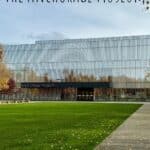A Brief History of The Pan American Highway
The Pan American Highway, a network of roads stretching from the northernmost part of Alaska to the southern tip of Argentina, represents one of the most ambitious and monumental infrastructure projects in history. This extensive roadway, encompassing over 19,000 miles, connects diverse regions, cultures, and ecosystems, making it an enduring symbol of unity and cooperation across the Americas.
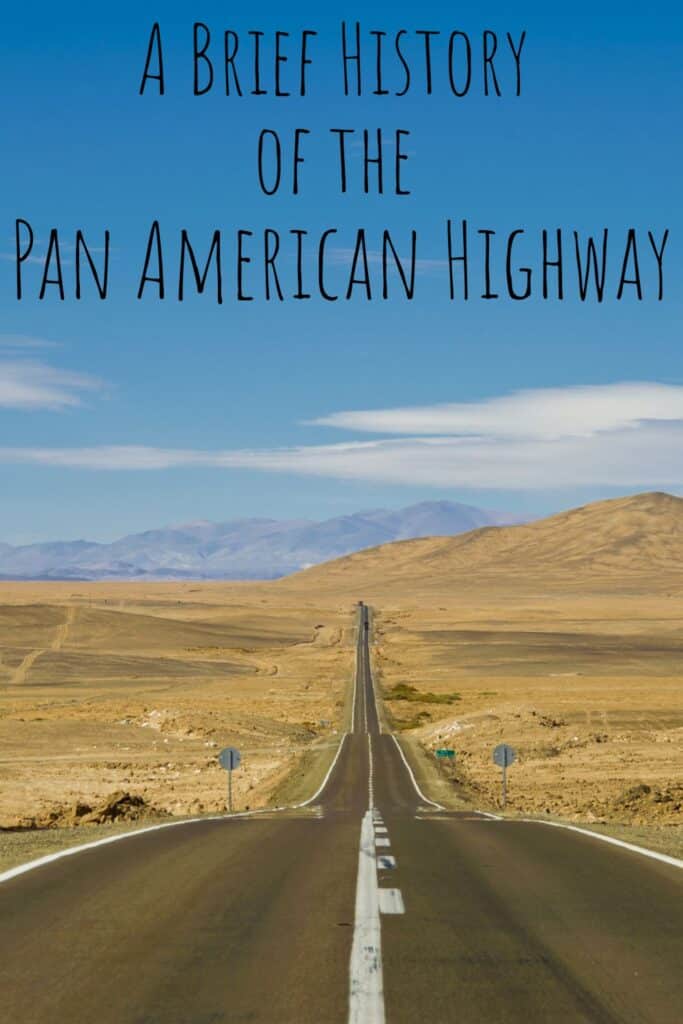
Historical Background
The idea of a highway connecting the Americas was first proposed at the Fifth International Conference of American States in 1923. The concept was driven by the desire to foster economic cooperation and cultural exchange among the countries in the Western Hemisphere. This vision gained momentum with the creation of the Pan American Union, which later evolved into the Organization of American States (OAS).
Construction of the Pan American Highway began in the 1930s. The United States and Mexico spearheaded the initial efforts, with subsequent sections built by various countries over several decades. The project faced numerous challenges, including difficult terrain, political instability, and funding shortages. Despite these obstacles, the highway gradually took shape, with significant progress made by the mid-20th century.
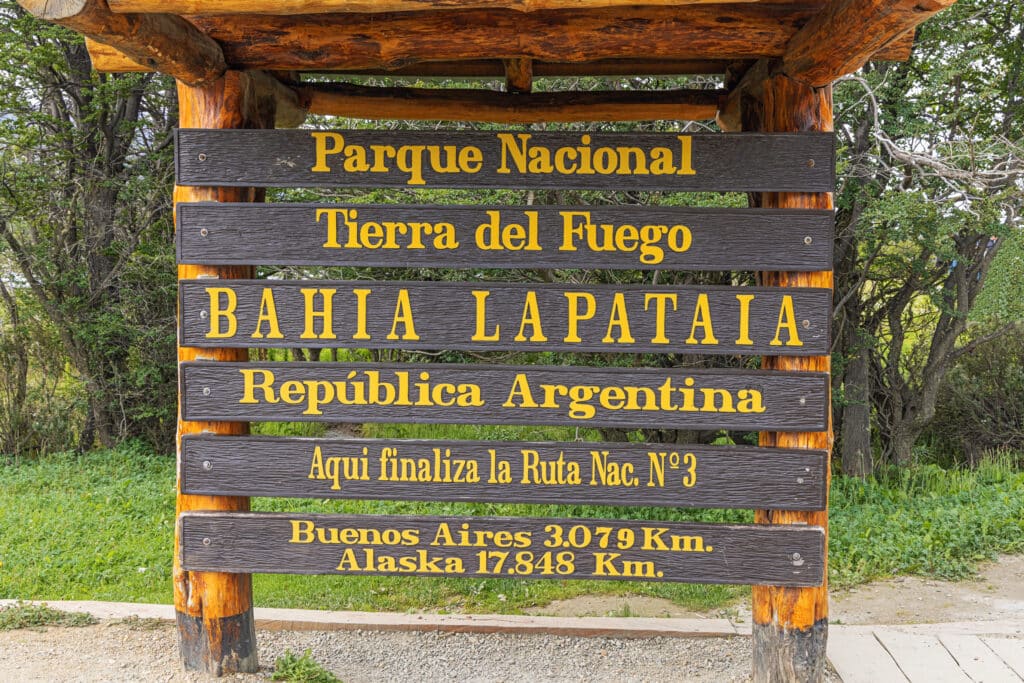
The Route
The Pan American Highway is not a single continuous road but a network of interconnected routes. Starting in Prudhoe Bay, Alaska, it traverses Canada, the United States, Mexico, and Central America before splitting into several branches in South America. The primary route ends in Ushuaia, Argentina, often considered the southernmost city in the world.
One of the most intriguing and challenging segments of the highway is the Darién Gap, a dense jungle region between Panama and Colombia. This 100-mile stretch remains undeveloped and impassable by conventional vehicles, symbolizing both the rugged natural beauty and the enduring challenges of the Americas. Efforts to build a road through the Darién Gap have been met with environmental concerns and logistical difficulties, leaving this portion of the highway as a significant gap in the otherwise continuous route.
Cultural Significance
The Pan American Highway has played a pivotal role in shaping the cultural and economic landscape of the Americas. It has facilitated trade, tourism, and cultural exchange, fostering a sense of interconnectedness among the diverse nations it traverses. The highway has also been instrumental in promoting regional development, linking remote areas to major urban centers and markets.
Traveling along the Pan American Highway offers a unique opportunity to experience the rich tapestry of cultures, languages, and traditions that define the Americas. From the indigenous communities of Alaska to the vibrant cities of Mexico and the Andean highlands of South America, the highway serves as a conduit for cultural exploration and understanding. It has also inspired countless travelers and adventurers, becoming a symbol of the spirit of exploration and discovery.
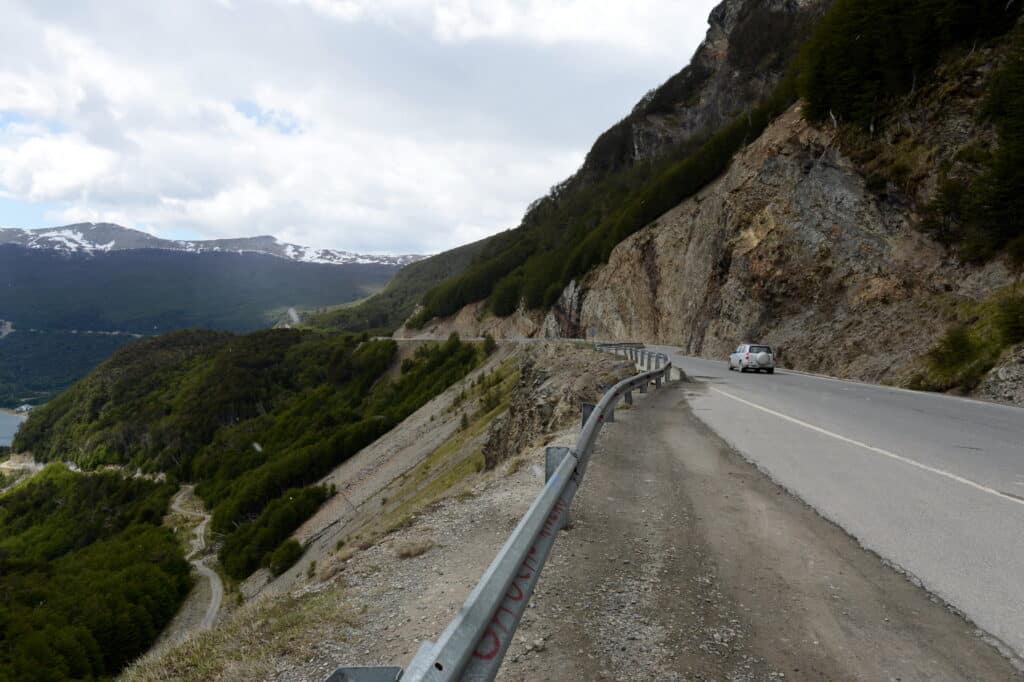
Economic Impact
Economically, the Pan American Highway has had a profound impact on the countries it connects. By providing a reliable and efficient means of transportation, the highway has facilitated the movement of goods and people, stimulating economic growth and development. It has opened up new markets for agricultural and industrial products, contributing to the economic diversification of many regions.
In addition to its economic benefits, the highway has also played a crucial role in regional integration. By linking disparate regions and countries, it has fostered closer economic and political ties, promoting cooperation and collaboration on a range of issues. This integration has been particularly important for Central American countries, which have benefited from increased trade and investment opportunities.
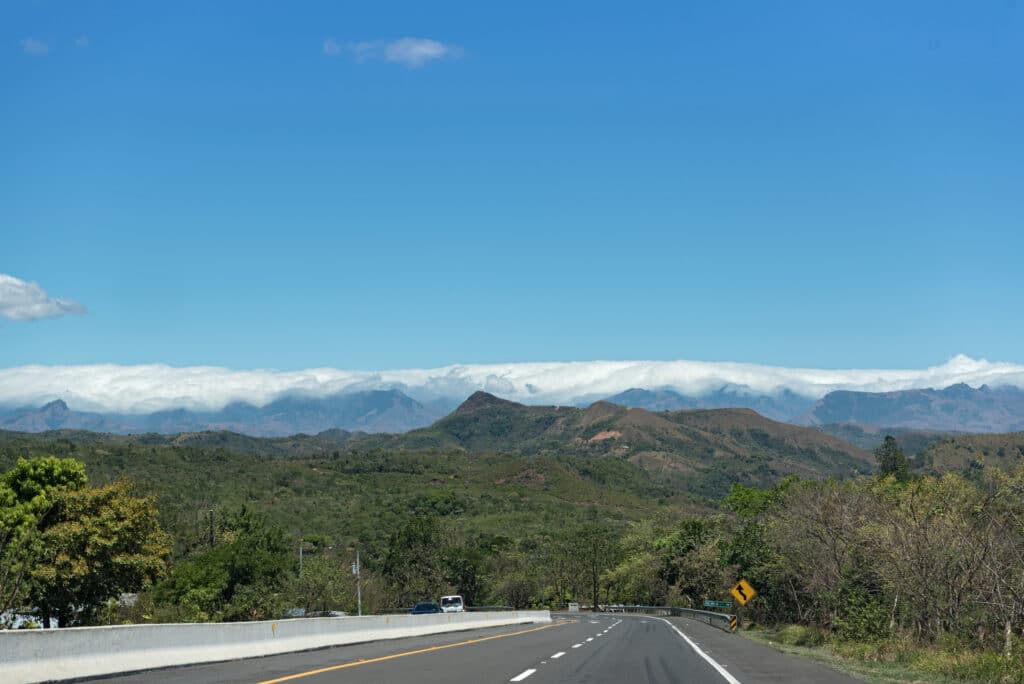
Environmental and Social Challenges
While the Pan American Highway has brought numerous benefits, it has also posed significant environmental and social challenges. The construction and expansion of the highway have often led to deforestation, habitat destruction, and environmental degradation, particularly in ecologically sensitive areas like the Amazon rainforest and the Darién Gap. Efforts to mitigate these impacts have included environmental assessments, sustainable construction practices, and the creation of protected areas along the route.
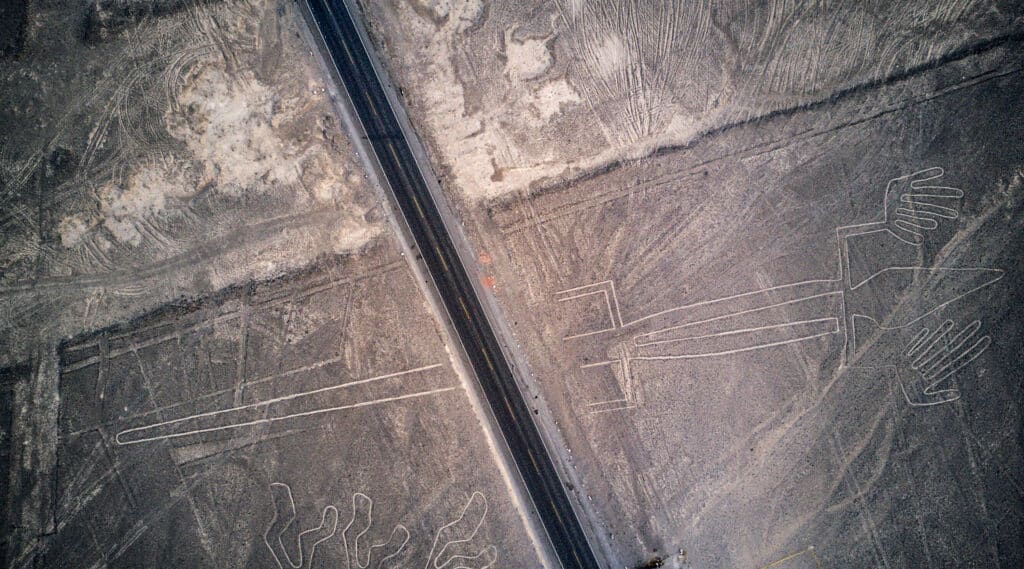
Socially, the highway has had mixed effects on local communities. In some cases, it has brought economic opportunities and improved access to services, while in others, it has led to displacement, cultural erosion, and increased inequality. Balancing the benefits of development with the need to preserve cultural heritage and protect vulnerable populations remains an ongoing challenge.
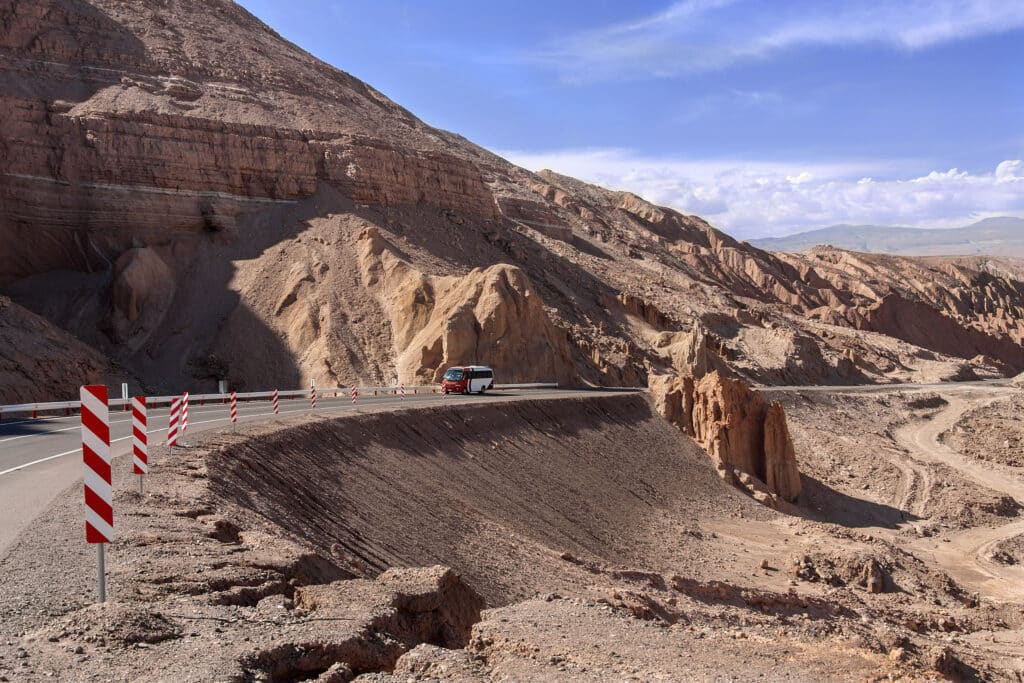
Notable Sections and Landmarks
The Pan American Highway is dotted with numerous notable sections and landmarks, each with its unique historical and cultural significance. In the United States, the highway includes parts of the historic U.S. Route 66, known as the “Main Street of America.” In Mexico, it passes through the vibrant cities of Monterrey and Mexico City, offering a glimpse into the country’s rich history and culture.
Further south, the highway winds through the stunning landscapes of Central America, including the volcanic regions of Costa Rica and the colonial cities of Nicaragua. In South America, it traverses the Andes Mountains, providing breathtaking views and access to some of the continent’s most iconic sites, such as Machu Picchu in Peru and the Atacama Desert in Chile.
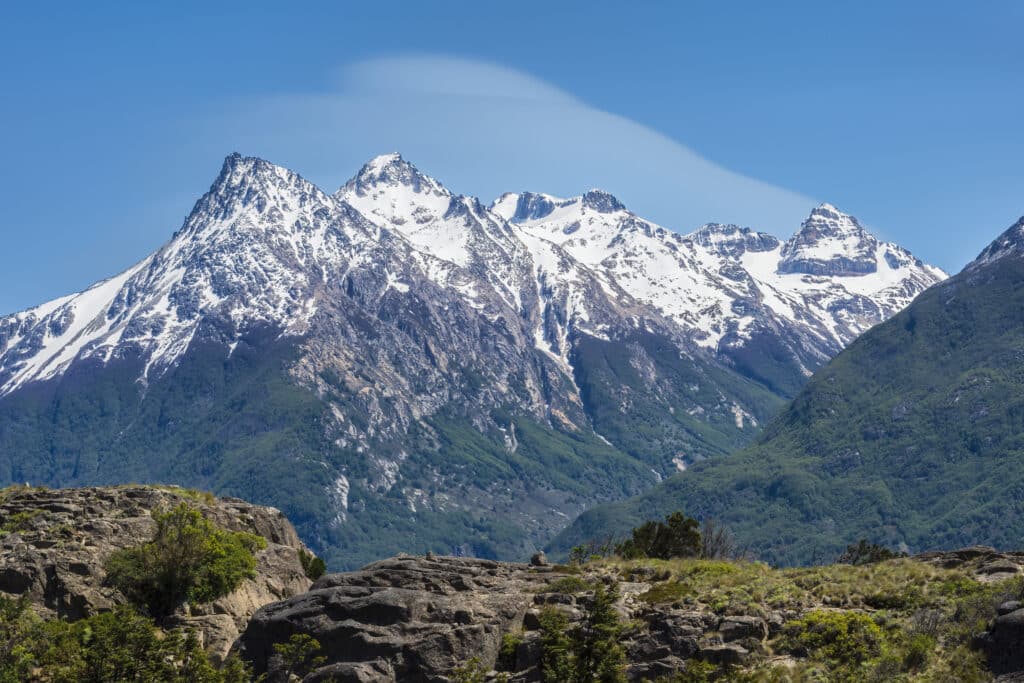
Modern Developments and Future Prospects
In recent years, there have been ongoing efforts to modernize and expand the Pan American Highway. These efforts have focused on improving road quality, enhancing safety, and reducing environmental impacts. Technological advancements, such as the use of satellite navigation and automated toll systems, have also been integrated to enhance the efficiency and convenience of travel along the highway.
Looking ahead, the future of the Pan American Highway will likely be shaped by a combination of technological innovation, environmental stewardship, and regional cooperation. As countries continue to invest in infrastructure and development, the highway will remain a vital artery for commerce, travel, and cultural exchange across the Americas.
The Pan American Highway stands as a testament to the vision and determination of the countries of the Americas to connect and collaborate. Spanning diverse landscapes and cultures, it is more than just a road; it is a symbol of unity, exploration, and progress. As the highway continues to evolve, it will undoubtedly play an essential role in shaping the future of the Americas, fostering greater understanding and cooperation among its peoples.

